"Construction with Tangents"
Color screenprint on Rosaspina Fabriano paper
100x140 cm
signed and numbered by the artist on the front
n./80 ex
published edition
1986
printer: Studio 3
Each graphic work is accompanied by a certificate of authenticity and provenance (signature and embossed stamp with , photographic reference and numbering) issued in accordance with the law as authorized publishers/entities.
The graphic works are stored in the protective folder without a frame, untouched and in perfect condition - any possible exceptions are always reported in the .
The details and images of critical texts and/or catalogs are presented for descriptive and informative purposes only, they are not included in the sale.
The sample of graphics delivered may have a different numbering based on the availability of the edition.
Like a unique authenticated work, original and authorized art graphics must always be accompanied by the certificate of authenticity from the publisher authorized to print.
Only in this way can you be sure of purchasing an original, quality and valuable work.
The numbering must always be present and the artist's proofs, often innumerable and indefinite, should be in a limited and declared number (see Declaration of Venice - 25/10/1991)
In fact, the most serious publishers also number the artist's proofs.
Biography
Born in 1908 in Milan. Having completed his technical studies, he worked as a graphic designer and as an engraver and directed his research towards the abstractionism of C. Belli, of the KN magazine and of the Galleria del Milione in Milan, where he exhibited for the first time in 1932. In 1934 and ' the exhibition of non-figurative etchings with J.Albers at the Galleria del Milione. He met Leger and Vantongerloo in Paris and studied the Russian and Dutch constructivists. He came into contact with the French abstract movement Abstraction-Creation, which he joined in 1934 and later with L.Moholy-Nagy and the Bauhaus. In the 1930s he became interested in photography and the relationship between painting and photography: he painted in tempera on photographic positives and created collages combining painting and photography or practiced the fusion between photographic blacks and grays and painted colour. In recent years he began to create abstract photographs, solarisations, photograms and photomontages. In 1935 he participated in the first collective exhibition of Italian abstract art in Turin with Bogliardi, De Amicis, D'Errico, Fontana, Ghiringhelli, Licini, Melotti, Reggiani, Soldati and studied theatrical scenography. Between 1939 and 1941 he made the first six hand-painted color abstract films. In 1936 he illustrated Leonardo Sinisgalli's geometry notebook; in the same year he participated in the Milan Triennale. Relationships begin with Max Bill, Jan Tschichold and the Swiss concretist movement. Study the science of colors according to the Ostwald principle. In 1938 he participated in the National Scenography Exhibition in Rome. In 1939 he published the volume 14 variations of a pictorial theme modulated on the 14 musical variations composed in 1938 by Maestro Riccardo Malipiero. In Paris he frequented Delaunay, Klein, Fleischmann, Seligmann, Herbin. He then performs abstract compositions in which the interest focuses on the relationship between music and color. In 1940 he participated in the Milan Triennale and collaborated with Paolo Grassi and Giorgio Strehler. In 1942 he created the sets for Minnie la Candida by Malipiero. In 1947 he participated in the Abstract and concrete art exhibition at Palazzo Reale in Milan. In 1949 he joined the Concrete Art movement (M.A.C.). In 1954 he participated in the Venice Biennale. In 1955 he participated in the São Paulo Biennial. In 1957 he won first prize for woodcut at the II Venice Biennale of Engraving. In 1960 he published a portfolio of color lithographs for Bertieri of Milan. In 1966 he was awarded the Saint Gobain prize for a stained glass window. The publisher "Il Torchio" publishes a folder with six color lithographs. Since the 1960s, solo exhibitions have followed one another. In 1971, an exhibition entitled "Concrete Art" was held in Hamburg, at the Kunstverein, and an exhibition on "The world of non-objectivity 1924-1939" was held in Paris, London and Milan. He died in Milan in 1998.
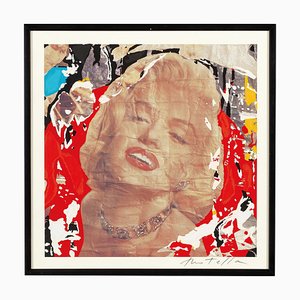
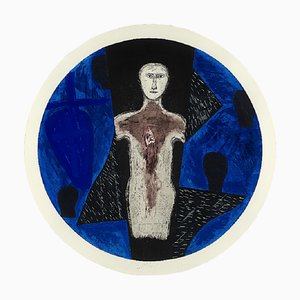
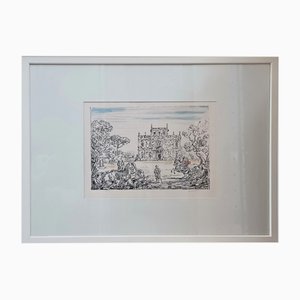
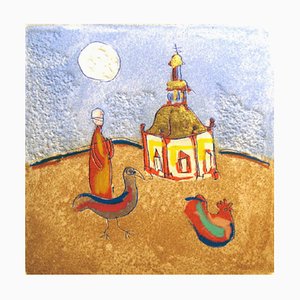

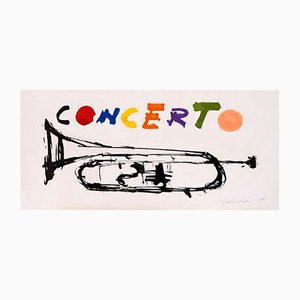
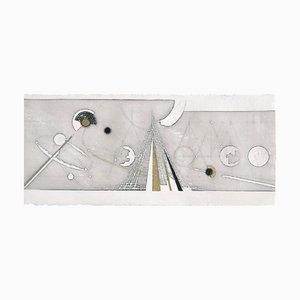
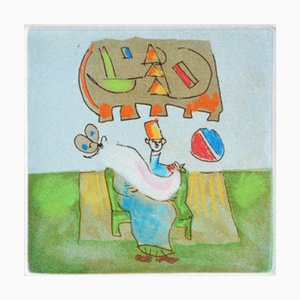
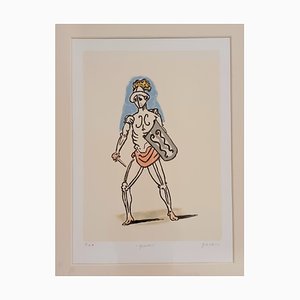
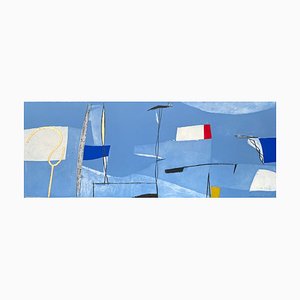
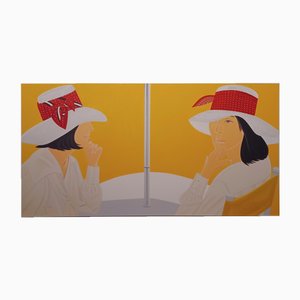
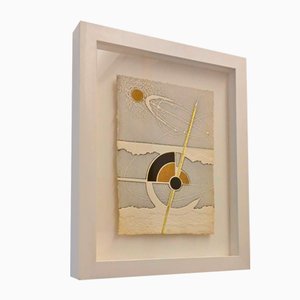
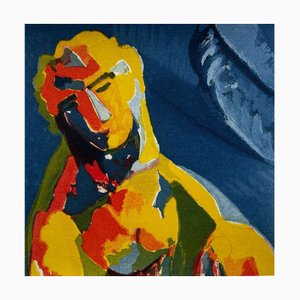
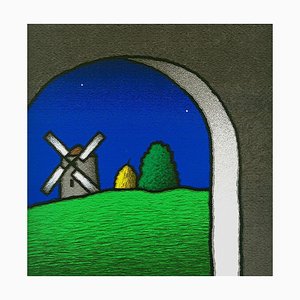
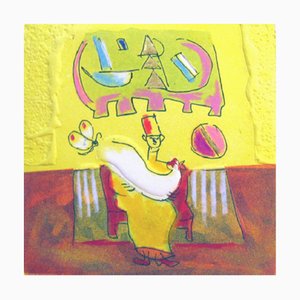
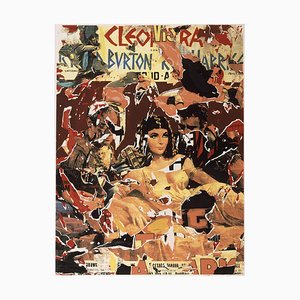
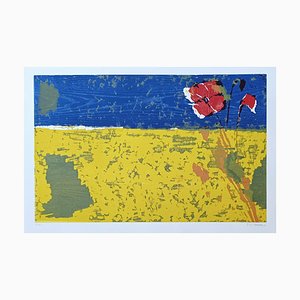
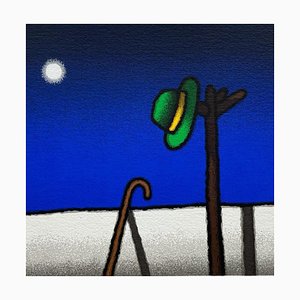
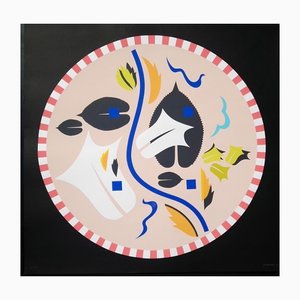
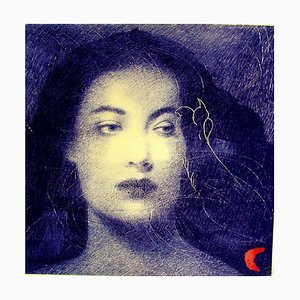
Get in Touch
Make An Offer
We noticed you are new to Pamono!
Please accept the Terms & Conditions and Privacy Policy
Get in Touch
Make An Offer
Almost There!
To follow your conversation on the platform, please complete the registration. To proceed with your offer on the platform, please complete the registration.Successful
Thanks for your inquiry, someone from our team will be in touch shortly
If you are a Design Professional, please apply here to get the benefits of the Pamono Trade Program